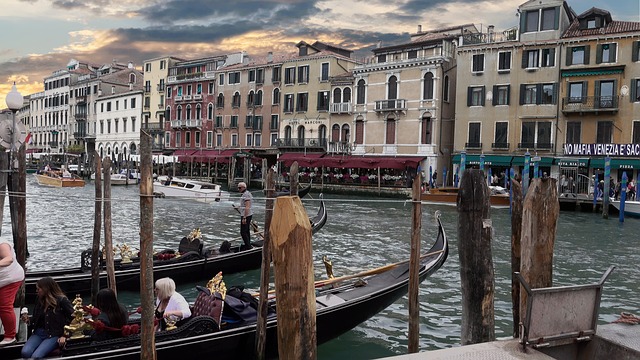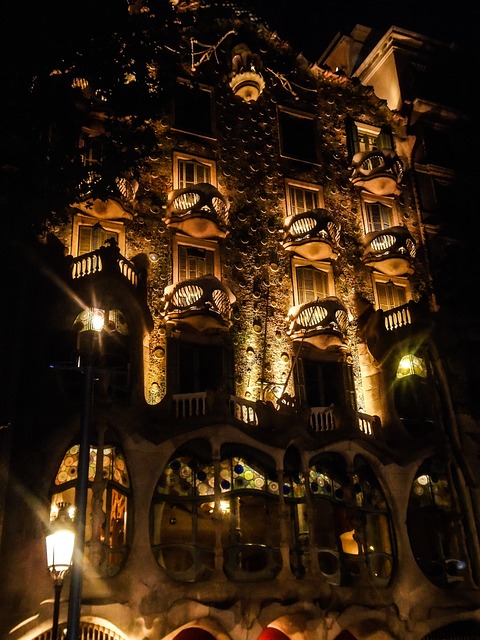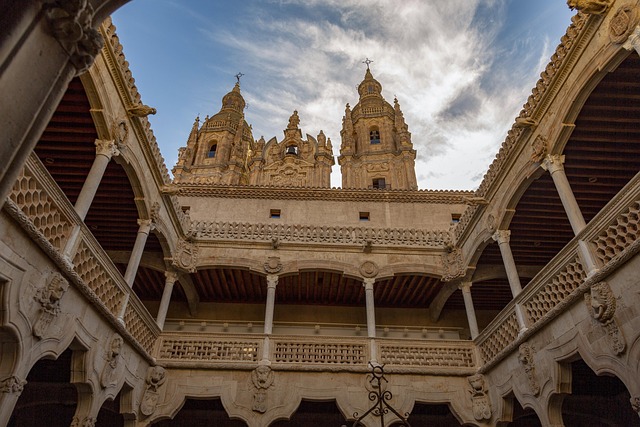Preserving historic downtowns through real estate development involves balancing modern growth with architectural integrity. Adaptive reuse, collaboration, and strict guidelines ensure structural respect while integrating new amenities. Revitalization projects must carefully preserve local charm, attracting diverse individuals seeking history and modernity, highlighting real estate's role in these transformations.
In the heart of every city, a downtown area pulsates with unique history and charm. This article explores how communities are navigating the delicate balance of preserving historic downtowns while adapting to modern real estate demands. From uncovering hidden historical treasures to revitalizing distressed buildings, these efforts safeguard local character, fostering vibrant neighborhoods that blend past and present. Discover strategies for sustainable development, embracing both the rich fabric of yesteryear and contemporary lifestyle needs in today’s real estate market.
Uncovering Downtown's Rich Historical Fabric
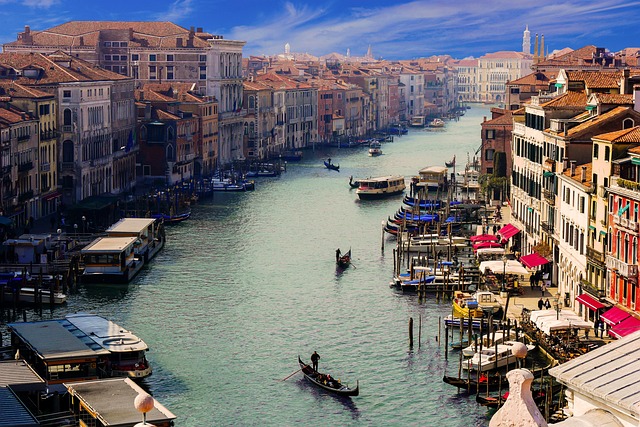
Exploring downtown means delving into a vibrant history that shapes its unique character. Every building, cobblestone street, and vintage storefront tells a story of the past, from its founding days to the evolution of local industry and commerce. This rich historical fabric is a treasure for real estate enthusiasts and anyone passionate about preserving local charm.
By uncovering these hidden narratives, we gain a deeper appreciation for the architectural styles, cultural influences, and social dynamics that have shaped our downtowns. It’s through this connection to history that we can make informed decisions about preservation efforts, ensuring that both the past and present find harmony in our urban spaces.
Preserving Architectural Treasures in Real Estate
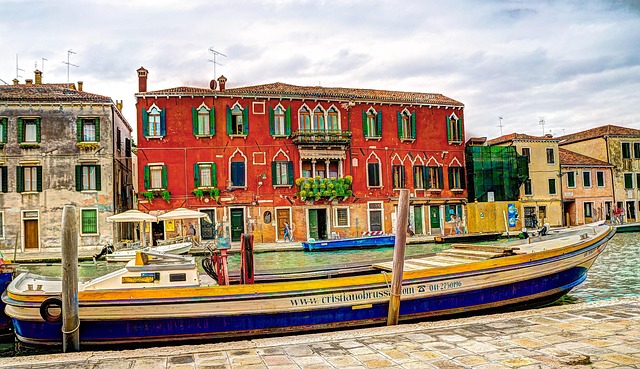
Historic downtowns are renowned for their unique architectural charm, and preserving these treasures is paramount in real estate development. As urban areas evolve, it’s essential to strike a balance between modern growth and safeguarding the past. One effective strategy is to encourage adaptive reuse of historic buildings, transforming them into residential lofts, boutique hotels, or cultural spaces. This approach not only preserves the structural integrity but also creates a distinctive sense of place that attracts residents and tourists alike.
In real estate, this means collaborating with architects, historians, and community members to develop sustainable renovation plans. By integrating modern amenities while respecting historical significance, downtown areas can maintain their allure and character. Additionally, implementing strict design guidelines and zoning regulations ensures that future developments complement the existing architectural landscape, ensuring a harmonious blend of old and new in these vibrant urban centers.
Revitalization: Balancing Past and Present Charm

Revitalization projects in historic downtown areas present a unique challenge: balancing the preservation of local charm with modern needs and aesthetics. When undertaken thoughtfully, these initiatives can breathe new life into aged spaces while respecting the architectural heritage and cultural significance that define these neighborhoods. Real estate developers play a pivotal role here, ensuring that renovations enhance the existing character rather than mask it.
One effective strategy is to incorporate contemporary design elements that complement, not overshadow, the historic architecture. This might include updating facades with modern materials while preserving original details, or integrating new amenities and infrastructure that cater to today’s residents and businesses without disrupting the downtown’s nostalgic allure. Such careful planning not only preserves the charm that makes these areas unique but also creates vibrant spaces that attract a diverse range of individuals seeking a blend of history and modernity in their living or working environments.

